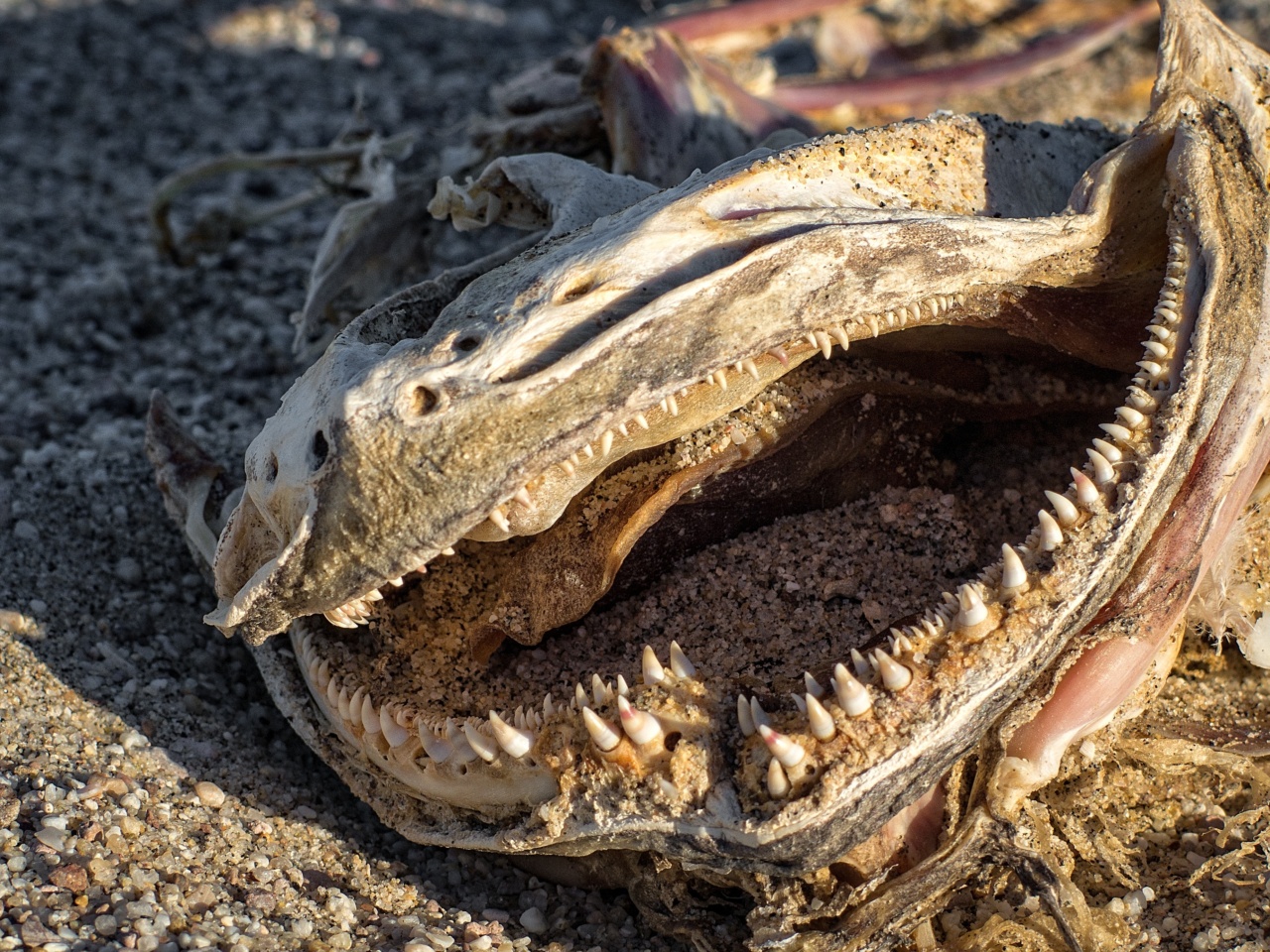Tooth decay, also known as dental caries or cavities, is a common oral health issue that affects individuals of all ages, including toddlers.
It occurs when the teeth are exposed to acids produced by bacteria in the mouth, leading to the breakdown of the tooth enamel. Dental caries can cause pain, discomfort, difficulty in eating, and may even require extensive dental treatment if left untreated.
Frequent Consumption of Sugary Foods and Drinks
One of the primary factors contributing to tooth decay in toddlers is the frequent consumption of sugary foods and drinks.
Toddlers are often drawn to sweets such as candies, cookies, desserts, and sugary beverages like sodas, fruit juices, and sports drinks. These sugary treats provide an ideal environment for the growth of bacteria in the mouth, leading to the production of acid that can erode the tooth enamel over time.
Prolonged Bottle or Sippy Cup Use
Another significant factor is prolonged bottle or sippy cup use.
When toddlers are allowed to carry a bottle or sippy cup with them throughout the day, especially filled with sweetened liquids like milk or juice, their teeth are constantly exposed to sugars. The continuous exposure to these sugars can increase the risk of tooth decay, especially when proper oral hygiene practices are not followed.
Inadequate Oral Hygiene
Poor oral hygiene practices can play a detrimental role in the development of tooth decay in toddlers.
Many children at this age lack the manual dexterity to brush their teeth effectively, and their parents or caregivers may not clean their teeth thoroughly. Inadequate brushing and flossing allow plaque to build up, leading to the growth of bacteria and acid formation in the mouth, which can contribute to tooth decay.
Lack of Fluoride
Fluoride is a natural mineral that helps strengthen tooth enamel and makes teeth more resistant to acid attacks. In some cases, the lack of fluoride can contribute to tooth decay in toddlers.
Drinking water that lacks sufficient fluoride or using non-fluoridated toothpaste may increase the susceptibility to dental caries. It is important to ensure that toddlers receive an adequate amount of fluoride to maintain good oral health.
Early Introduction of Solid Foods
The improper timing of introducing solid foods into a toddler’s diet can also be a factor in tooth decay.
If solid foods are introduced too early, especially those high in sugars or carbohydrates, the teeth may be exposed to these food particles before they are ready to handle them. This early exposure can increase the risk of tooth decay, as the teeth have not fully developed and are more susceptible to damage from sugars and acids.
Infrequent Dental Visits
Regular dental check-ups and professional cleanings are crucial for maintaining good oral health in toddlers. However, the infrequency of dental visits can contribute to tooth decay.
Many parents or caregivers may not prioritize dental visits for toddlers, assuming that primary teeth are not as important as permanent teeth. However, untreated dental issues during the toddler years can have long-lasting effects and may require extensive treatment in the future.
Poor Socioeconomic Conditions
Socioeconomic factors can also contribute to tooth decay in toddlers. Families facing financial difficulties may have limited access to dental care, leading to infrequent dental visits and inadequate oral hygiene practices.
Additionally, lower-income households may rely on cheaper, sugary foods and drinks as a more accessible option, further increasing the risk of tooth decay in their toddlers.
Genetic Factors
Genetics play a role in dental health, including tooth decay susceptibility. Some individuals may have naturally weaker tooth enamel or a higher risk of cavity formation due to inherited factors.
While genetic factors are not entirely within one’s control, understanding individual predispositions can help parents and caregivers take appropriate preventive measures to minimize the risk of tooth decay in toddlers.
Medication and Health Conditions
Certain medications, such as those containing high amounts of sugar or having a drying effect on the mouth, can contribute to tooth decay in toddlers.
Additionally, specific health conditions, such as acid reflux or frequent vomiting, may expose the teeth to stomach acid, which can erode the tooth enamel. It is essential to communicate with a healthcare professional about any medications or health conditions that may affect a toddler’s dental health.
Environmental Factors
Environmental factors, such as living in areas with limited access to clean water or community water fluoridation, can also contribute to tooth decay in toddlers.
The lack of clean water for drinking and oral hygiene practices may increase the risk of dental caries. Additionally, exposure to secondhand smoke can adversely affect oral health and contribute to the development of tooth decay.
Conclusion
Tooth decay in toddlers is influenced by a combination of factors, including frequent consumption of sugary foods and drinks, prolonged bottle or sippy cup use, inadequate oral hygiene practices, lack of fluoride, early introduction of solid foods, infrequent dental visits, poor socioeconomic conditions, genetic factors, medication and health conditions, and environmental factors.
It is crucial for parents and caregivers to be aware of these factors and take proactive steps to prevent tooth decay in toddlers, such as promoting a balanced diet, implementing good oral hygiene practices, ensuring regular dental visits, and addressing any underlying health conditions or genetic predispositions.






























